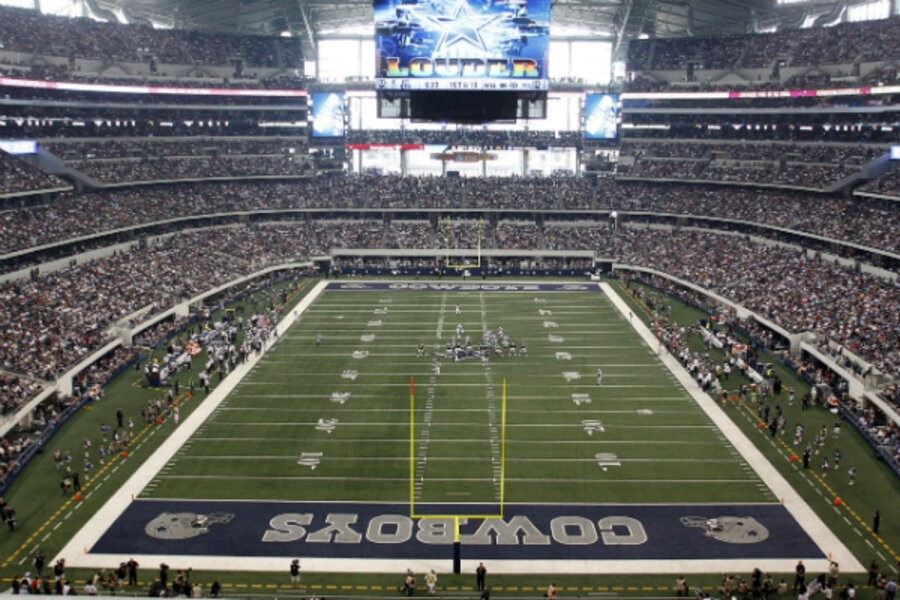The field’s length seems so logical today that it’s hard to imagine it was ever any different, but it was. In its early days, when the game resembled rugby, the field size – as in rugby up this day – varies somewhat. It wasn’t until 1881, according to ESPN, that the field’s length was standardized at 110 yards, which is roughly equivalent to 100 meters, and may have been influenced by rugby and a couple of games Harvard played against Montreal’s McGill University.
By 1912, the rule makers decided to add 10-yard-deep end zones to either end of the field, which would have made for a 130-yard-long field in toto. The problem was a number of colleges had built stadiums that wouldn’t accommodate that length, so the distance between the goal lines was shortened to 100 yards. The modern Canadian field is 110 yards goal line to goal line, probably a carryover from football’s early metric/rugby influence.
Standardizing the American field at 100 yards is ideal for several reasons. One is simply that 100 is a magical number. Second, it makes for easy sectioning into 10-yard increments that provide teams and spectators a quick reference for gauging progress up and down the field. And, of course, 10-yard thinking is woven into football’s mindset because that is the distance that must be gained for a first down.






